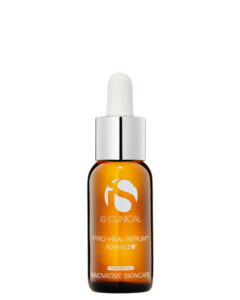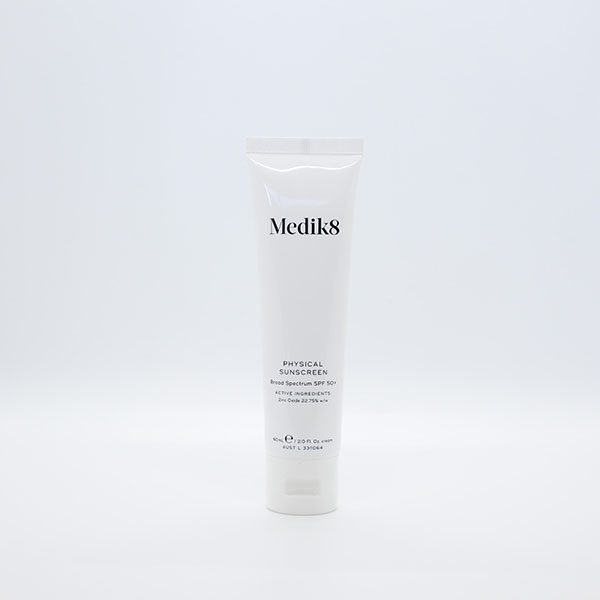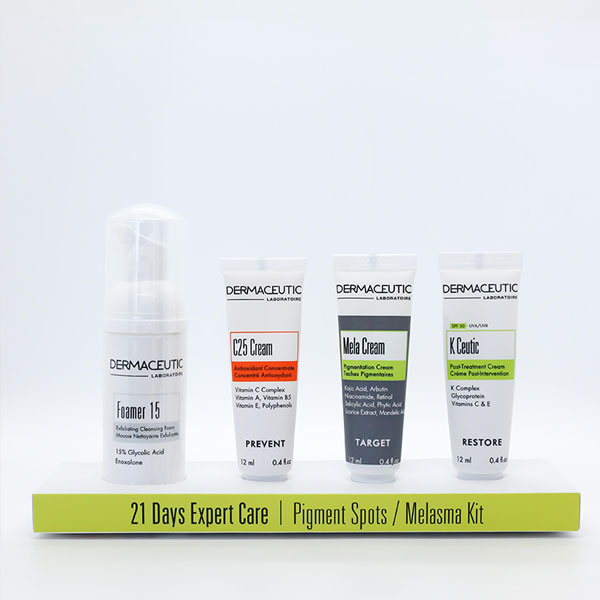Good simple skincare can amplify your gains from procedures. Our experts will guide you as to the best brands, ingredients & application techniques. Keep to the basics of vitamins A, B, C, antioxidants & specific ingredients based on your skin type & goals. Protect, correct, & maintain, simple works.
Key Points
- Skincare can preserve & accelerate procedural results
- Collagen building ingredients include retinoids, ascorbic & alpha hydroxy acids
- Antioxidants prevent damage to skin cells & collagen
- Aim to correct age related concerns with procedures
- Preserve the results with directed skin care
Anti-aging skin care at a glance
Our results speak for themselves

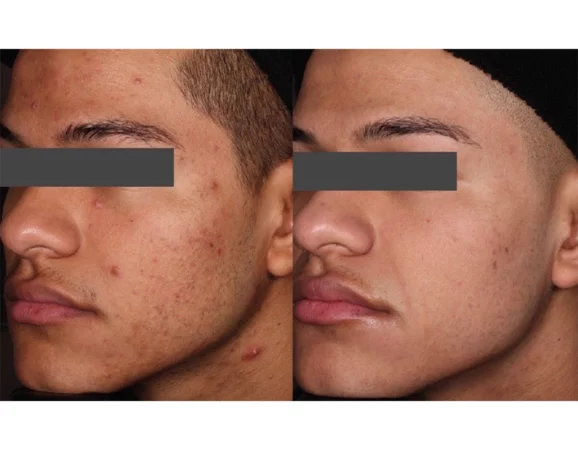
Topical third generation retinoid topically- tazoretene
Ask us more about this treatmant
Preferred Consultation
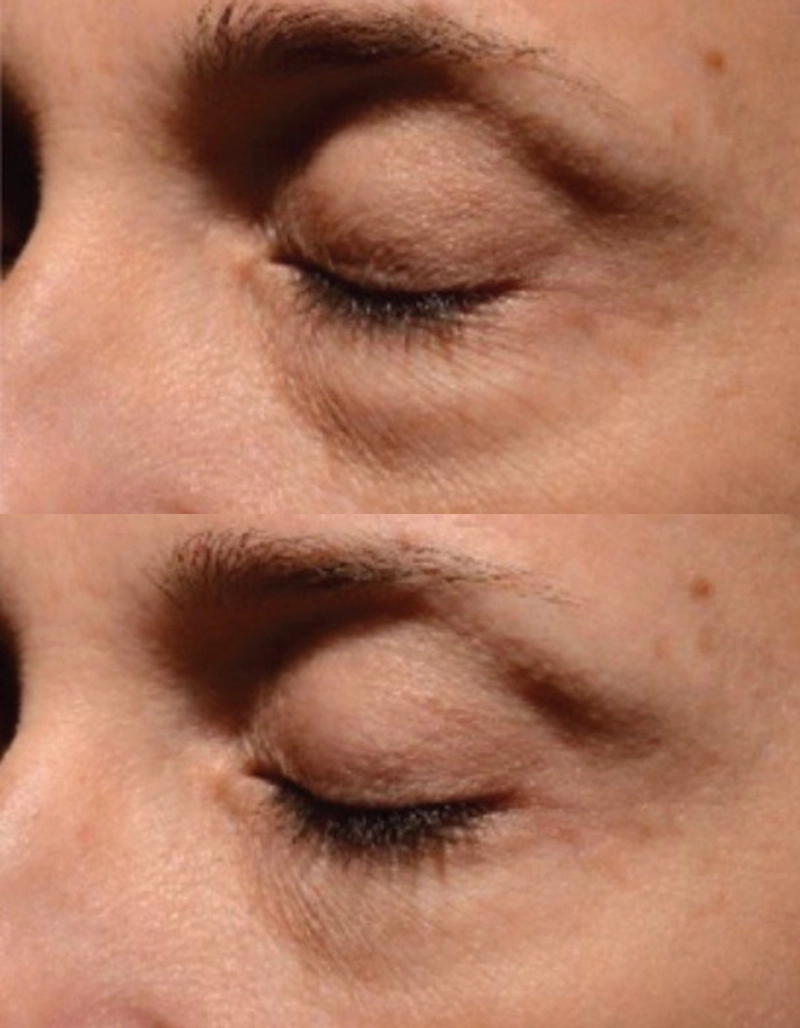

Vitamins A, B, C, reflective boron, peptide complex. Allergan proprietary mix. Variable results
Ask us more about this treatmant
Preferred Consultation

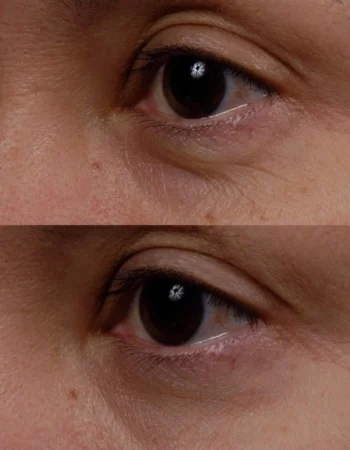
Vitamins A, B, C, reflective boron, peptide complex. Allergan proprietary mix. Variable results
Ask us more about this treatmant
Preferred Consultation
FAQs
What is the most cost effective & effective program for anti aging?
The best gains are as follows:
- Correct: this involves procedures such as lasers, peels, injectables. Once correction has been done, the next step is:
- Preserve & maintain results from correction. Antioxidants, skin vitamins, acids & specific ingredients will accomplish this.
Don’t waste your time, effort & money trying to correct wrinkles, laxity & volume loss with skin care. It simply won’t work.
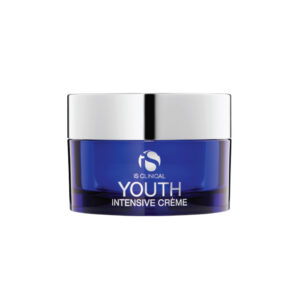
SHOP iS Clinical Youth Intensive Creme 50g
What does a basic skincare routine look like?
AM: Wash, antioxidants, SPF
Midday: SPF
PM: Wash, retinol +/- specific ingredients to address concerns.
Weekly: AHA exfoliating serum, high strength
Every 1-3 months: high strength clinical chemical peel
Logically, there is no ‘one brand, one concentration, one product’ that is best. It depends on your age, expectations, goals, skin sensitivity, philosophy, timeline, & current product use.
What is the role of retinol?
Retinol – retinoids, in the context of anti-aging, can build collagen, reduce inflammation & pigmentation & improve skin quality. This is frequently the first ingredient we add to your skincare routine, unless you have sensitive skin (this is often the last).
There are many different types of retinoids ranging from mild (retinyl palmitate) to stronger compounded retinoic acids. The optimal type depends on your goals, skin’s sensitivity, & other skin care ‘actives’ you are applying.
What is better, retinol or retinoic acid/prescription retinoids?
For most consumers, you are better off with non-prescription retinoids. The reason for this is that prescription medications will almost always have side effects including redness, flakiness, stinging, itching, blotchiness. These side effects are universally seen & part of the retinoid reaction, known as retinoid dermatitis.
If you are using prescription retinoids you must know how to modulate use of all other potential irritants, commonly AHA, BHA, hydroquinone, ferulic acid, ascorbic acid, & exfoliants.
What is the role of vitamin C?
Vitamin C or ascorbic acid has 4 main roles in the skin. Depending on the desired effect, we prescribe various concentrations & types.
- Anti-pigment. L-ascorbic acid can be used twice a day, 10-20% concentration.
- Antioxidant, this is used in the AM, 15% L-ascorbic.
- Collagen remodelling, used either AM or PM.
- Preservative (antioxidant) in combination with main active, 1-4%.
The brand, potency & timing depends on what other ingredients you are using & most importantly your skin’s threshold & sensitivity. Be guided by your therapist.
What are antioxidants and why are they important?
These molecules are the second level of defence after sunscreens. They protect collagen & skin cells from oxidative stress from UV & pollution. Dermatologists prescribe a combination of –
- Tocopherol
- Ferulic acid
- Ascorbic acid
- Resveratrol
- Niacinamide
- Silymarin
Antioxidants should be used in the am, before sunscreen.
How do I know what brands & ingredients are best for me?
Book a consultation with our dermal therapists at The Formulated. They can spend time to discuss your goals, skin concerns & current skincare routine.
Dermatologists can provide input if you have more difficult to manage conditions including skin allergies, rosacea or dermatitis.
What can vitamin B or niacinamide do for me?
This is the best ingredient if you have rosacea or sensitive skin. Vitamin B can reduce skin inflammation, establish barrier function & act as an antioxidant. It is gentle enough for all skin types & integrates well with other ingredients.
Should I spend big on hyaluronic acid?
No, save up for real hyaluronic acid placed under, not on the skin. You can spend big dollars on an expensive brand HA. This acts as a moisturizer, or more accurately a humectant. Even with multi molecular weight HAs, they last less than 24 hours.
Injected HAs place hyaluronic acid where it belongs- in the dermis. This of course refers to dermal fillers. They last 12 to 36 months and beyond.
A simple but highly effective skin care routine incorporates antioxidants in addition to vitamins A, B & C. Skin acids then added to potentiate the actions of vitamins & provide increased turnover of the skin through a process known as chemical exfoliation.
What is the best anti-wrinkle cream?
There is no such thing as a true anti-wrinkle cream that produces knockout results. Topicals can give you a modest improvement in extremely fine lines & wrinkles. They are better served to prevent wrinkles. A good retinol with pulsed AHAs is the best.
If you are after real results, invest in lasers, chemical peels or a simple 20 second procedure called anti-wrinkle.
Should you exfoliate?
Yes, but don’t overdo it. As one ages, the skin cell turnover decreases from 21 days to well over one month. Build-up of dead skin cells is one of the primary causes of dull skin. Exfoliation removes this layer of skin & can potentiate absorption of other nutrients.
You can use either physical, chemical or both techniques to brighten your skin. Chemicals include lactic, glycolic, citric, mandelic, retinoic & salicylic acids.
The concentration & acid of choice depends on your skin’s sensitivity & threshold.

What are anti-pigment creams & ingredients?
Anti-pigment creams & ingredients work by slowing down the production of melanin pigment or increasing the turnover of melanin in the upper layers of skin.
Pigment production reducers include kojic acid, arbutin, bearberries, liquorice root extract & azelaic acids.
Pigment exfoliators include retinoic acid, retinol, glycolic, lactic & salicylic acids. The optimal mix depends on your skin’s sensitivity & what other ‘actives’ you may be using.
When can I start on skin care products post laser?
It depends on the level of resurfacing you had. This is a guide; your nurse or therapist will give you an exact time schedule.
- QSL, dermal toning procedures, pico toning: 1 day later
- Pico laser resurfacing: 1-4 days later
- C+B, low level lasers: 2-4 days later
- Vascular lasers: 1-2 days later
- Fraxel: 7-10 days later
- Hybrid Laser: 7-12 days later.
- Deep ablative: 2-4 weeks later
What are the go-to ingredients for sensitive skin anti-aging?
You need to approach this with care, precision & patience. Wrong ingredients will flare up rosacea & make your skin worse. As a guide we encourage:
- Azelaic acid: natural anti-inflammatory
- Niacinamide; reduces redness, helps skin barrier
- Hyaluronic acid; is benign & can rehydrate skin
If you have sensitive skin, you are better off with cost-effective procedures such as laser dermal toning.
How do dermatologists treat solar keratosis on the hands/arms?
Isolated sunspots are easy- liquid nitrogen, PDT, or a combination of treatments can give good results.
Field changes (many sunspots on the background of aged skin) are more challenging. Solutions include-
- Pre-treatment with keratolytic exfoliant, usually salicylic acid
- Efudix, pulsed or allocated treatment cycle
- Curette with above
- Fractional lasers with above
- PDT with above
What can be done about thin skin & bruising on the hands & arms?
This age-related problem is super common. It’s a combination of a reduction of collagen secondary to age & chronic UV exposure. Blood thinners including anticoagulants, aspirin, warfarin & blood thinning supplements contribute. Solutions include-
- Herbal arnica topically
- Compression stockings
- A series of gentle fractional lasers, 3-6 over 6-9 months
- Collagen stimulating dermal fillers
- Vascular lasers for the bruising
Though common, bruising on the forearms & hands can be challenging to treat as we do not have the technology to globally thicken the dermis & provide targeted collagen to the blood vessel walls.
What to consider if you are contemplating hand rejuvenation treatments?
Here is a quick checklist-
Aims of rejuvenation: Never start off with a treatment then try to match it with your concern. It is ALWAYS the other way around. Concerned with pigmentation? Explore lasers. Volume loss? Consider fillers & fat transfer.
Blending: The hands go up to the forearms, then the upper arms. You need to BLEND, or it will look unnatural with a clear border.


